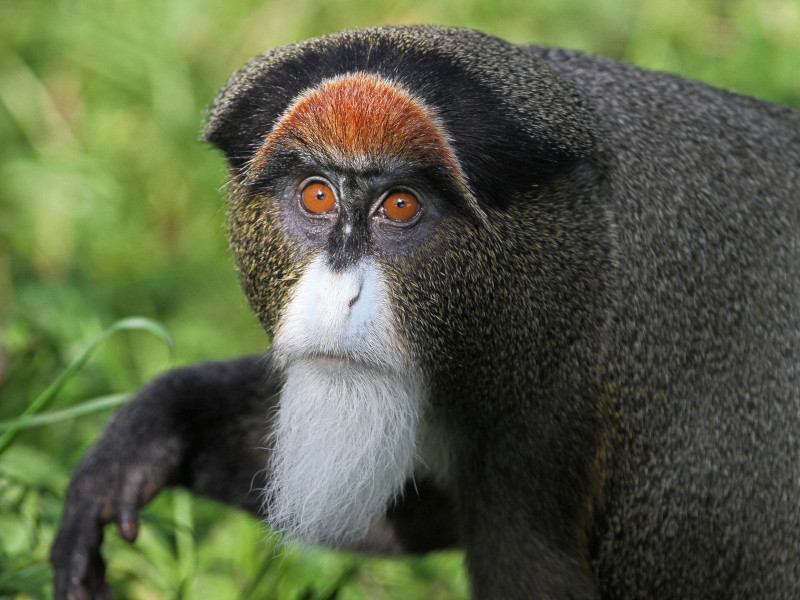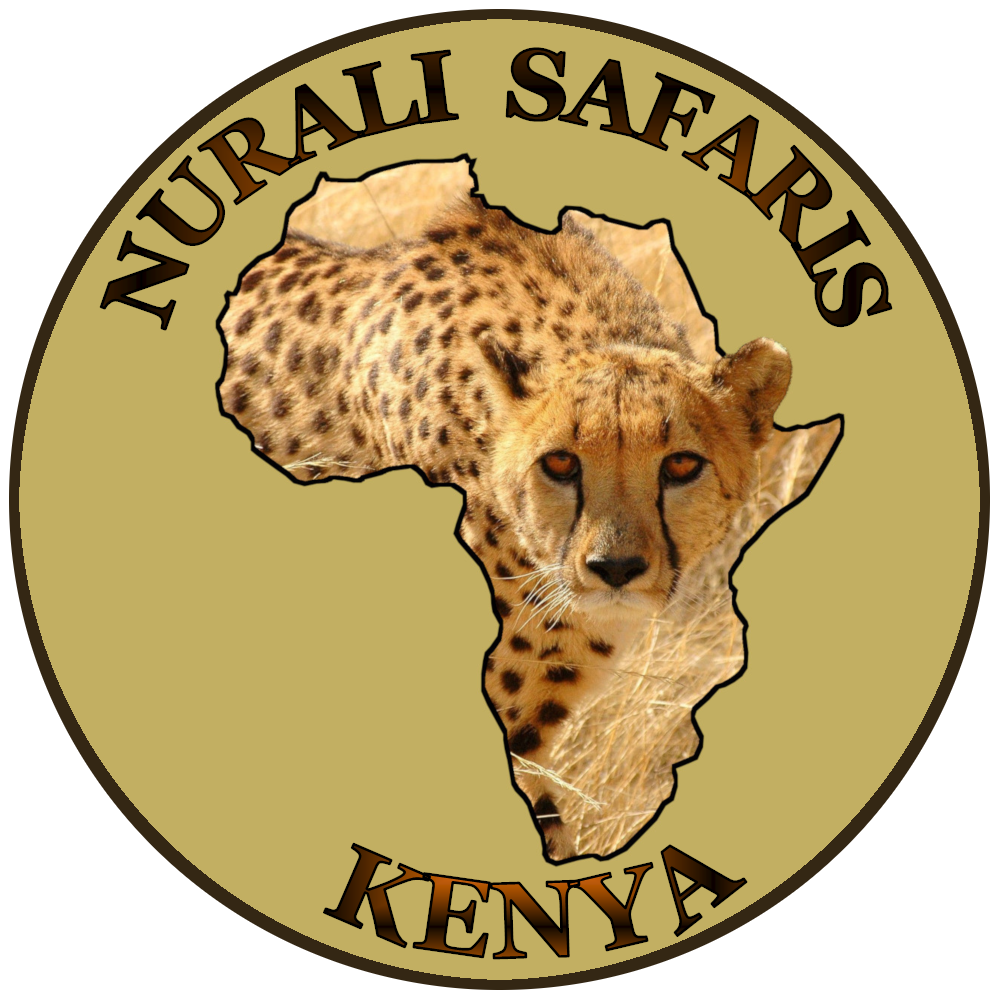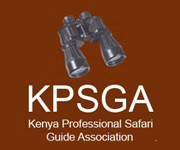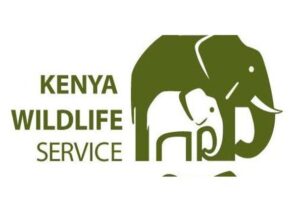“The challenges to wildlife conservation and biodiversity in Kenya are many and varied. They include climate change, habitat degradation and loss, forest depletion, tourism market volatility, wildlife conflicts caused by population growth, and changing land use habits of coexisting communities with wildlife and wildlife crimes ”.
The National Reserves are managed by the Governments of the Counties, the rangers are not those of the KWS but are Community Rangers paid by the communities.
- National Reserve: other rural uses, other than environmental conservation, may be specifically allowed: the conditions governing such uses are contained in the regulations approved by the authority during publication in the official gazette. In these areas, exploitation is usually permitted in terms of seasonal water and grazing rights.
MASAI MARA NATIONAL RESERVE
The Masai Mara Reserve is spread over an area of 1500 km² and consists mainly of shrub and arboreal savannahs that extend over wide plains and hilly areas, interspersed with numerous streams that flow into the great Lake Victoria.
It borders with the Serengeti Park in Tanzania, with which it forms a single ecosystem and is known for the exceptional concentration of fauna and for the famous migration of wildebeest and zebras which takes place in October and April. The best known icon of the Masai Mara is probably the image of the lion, of which there are large herds; in the park there are however all the so-called Big Five.
The most famous river in the reserve is the Mara. The watercourse is the destination of the migrations of herbivores (wildebeest, zebras and gazelles) from the neighboring Serengeti Park in the months between July and October, when the grass on the banks has grown. Known as the Great Migration, it comes from the South and affects over 1,300,000 wildebeest and 200,000 zebras. The spectacle of migration is worth the trip in itself, both for the number of herbivores and for the following of predators.
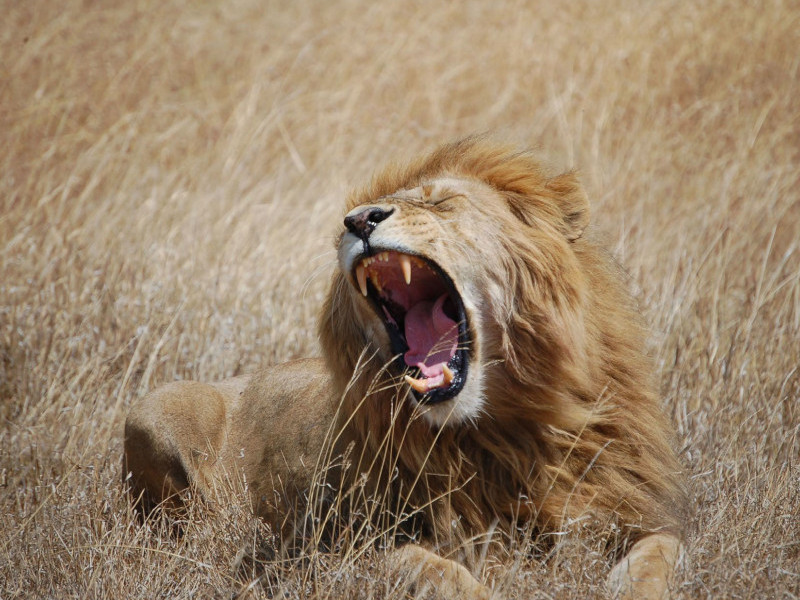
SAMBURU NATIONAL RESERVE
The Samburu Reserve is located in the Rift Valley province. The Reserve takes its name from the people who have always lived in that semi-arid area: a tribe known for its nomadic culture linked to pastoralism. The Ewaso Nyiro River, which flows from the Aberdares Mountains, crosses the Reserve hosting a huge population of hippos and crocodiles.
The Reserve is characterized by arid savannas, thorny trees, palm groves and forests of gigantic acacias along the river, hills, scrub and scattered rocky outcrops. The Reserve has permanent water, is renowned for its species of animals, including leopards, buffaloes, elephants, lions as well as cheetahs, gerenuk, Grevy's zebras, eland, reticulated giraffes, dik dik, impala and many others, except of the rhino.
The birdlife is abundant, with over 350 species of African birds, an assortment of colorful birds including kingfishers, marabou, goshawks, hornbills, kites; as well as Somali ostriches, juggling hawks, grandules, vultures, martial eagles and many others. We recommend a visit to the Samburu villages where it is possible to spend moments of common life with the Samburu tribe, knowing their traditions and their culture.
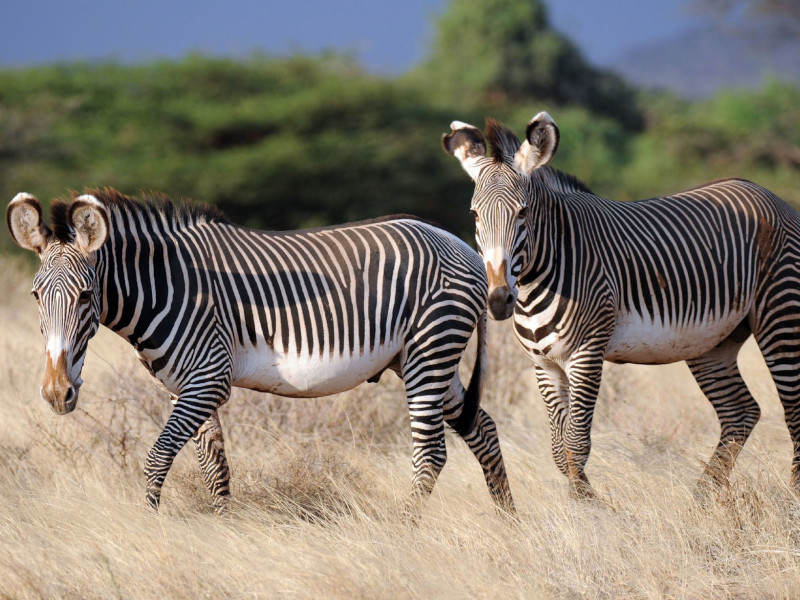
BUFFALO SPRINGS NATIONAL RESERVE
Buffalo Springs National Reserve is located in the Isiolo district, south of the Samburu National Reserve, which is on the other side of the Ewaso Nyiro River. It takes its name from an oasis of clear water at the western end.
The dry and semi-arid district is located as a division between the populous agricultural highlands of Mt. Region of Kenya that acts as a gateway to the vast plains of northern Kenya inhabited by various nomadic pastoral communities where wildlife and livestock coexist freely.
Unlike other wildlife areas in Kenya's northern tourist circuit, the reserves, which are popularly known as the Samburu Ecosystem, support free wild species both within the three reserves and in the community lands. In addition to the species found elsewhere in Kenya, the area is a natural home to the five rare species known as the five northern species that are endemic to this area. They are Grevy's Zebra, Reticulated Giraffe, Beisa Oryx, Somali Ostrich and Gerenuk.
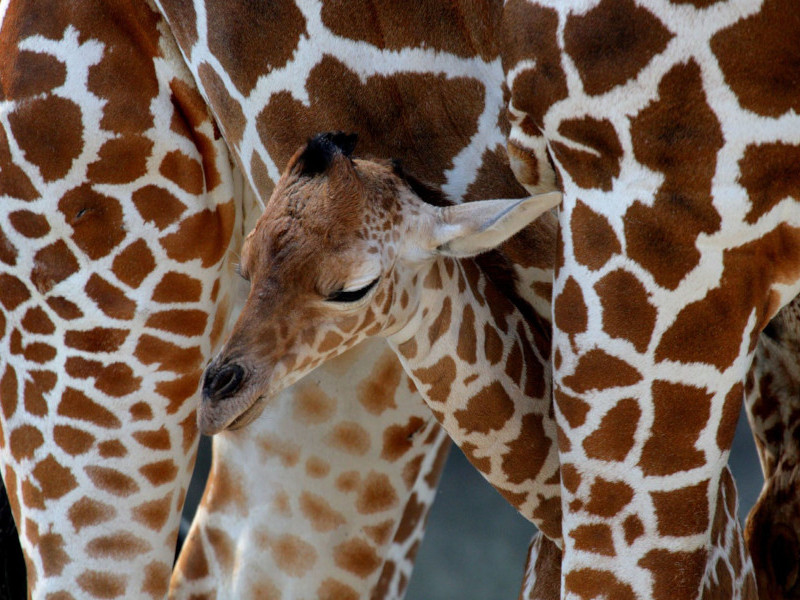
SHABA NATIONAL RESERVE
Shaba National Reserve is a protected area in Isiolo County, northern Kenya, east of the Samburu and Buffalo Springs National Reserves. Together, the three reserves form a large protected area.
The Shaba Reserve has spectacular scenery including riverside forests, woodlands and arid grasslands dominated by the Shaba Hill volcano. The abundant wildlife relies on pools of water and swamps scattered throughout the reserve. Shaba is home to the endangered Grevy's zebra and the Reticulated Giraffe. Shaba was the setting for the movie Born Free.
Driving to the park you will often see the Samburu people grazing cattle through thorn bushes or watering camels in the river. The Ewaso Nyiro River gives life to the area. The permanent water ensures that there is always an abundance of wildlife in the reserve. Elephants are abundant and can be seen, lions, leopards, cheetahs, buffaloes and hyenas. Dik dik always run through the red streets as the vervet monkeys scurry under the trees.
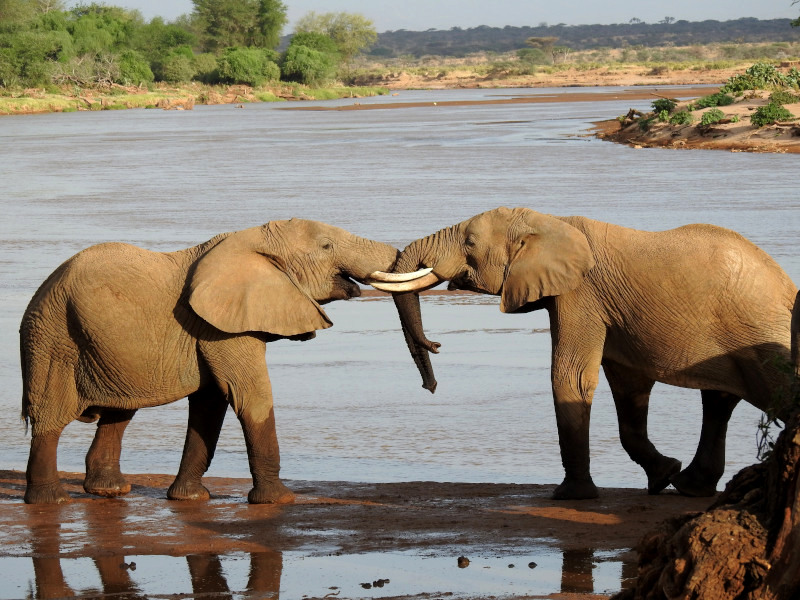
KAKAMEGA FOREST NATIONAL RESERVE
Kakamega Forest is a tropical rainforest located in Kakamega County near the border with Uganda. It is Kenya's only tropical rainforest and is said to be the last remnant in Kenya of the ancient Guinean-Congolian rainforest that once stretched across the continent.
Time has stood still for the Kakamega Forest, a remnant of the rain forest that stretched all across Central Africa. This beautiful forest is home to various mammals including bush pigs, giant forest hedgehogs, colobus monkeys, Debrazzar monkeys and pottos. Some of the birds to be seen here include the Blue Headed Bee Eater, Black Billed Turaco, Turner’s Eremomela and Grey Parrots. Bird watching, hiking and rock climbing can be enjoyed here in the serenity of the forest that time forgot.
Insects are abundant and some are quite spectacular, like Goliath beetles, rose and green mantis and many colorful butterflies (489 species). Particularly well represented groups are ants (Formicidae). Lepidopterans, Orthopterans, Gastropods beetles, millipedes and spiders are very common.
